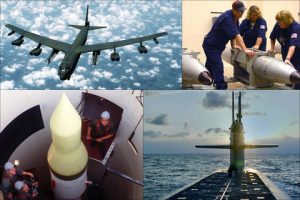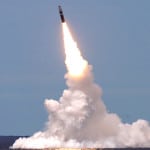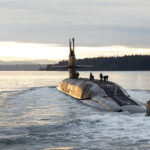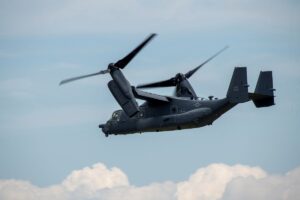
Once again, the Congressional Budget Office’s biennial cost estimate for the 10 years of nuclear modernization spending has arrived just in time for the yearly federal budget debate on Capitol Hill. The latest congressionally mandated report from the non-partisan office covers planned spending from 2021 through 2030, during which Pentagon and Department of Energy programs are estimated to ring in at a total of $634 billion: $405 billion for the Department of Defense and $229 billion for DOE. That’s about…

 By
By 










